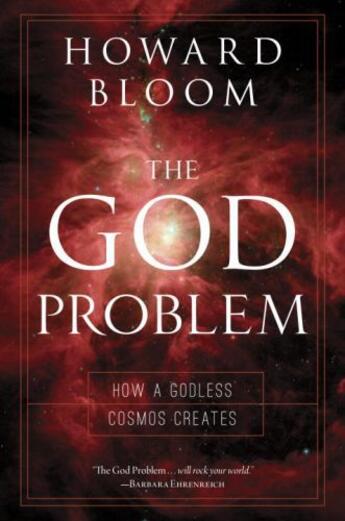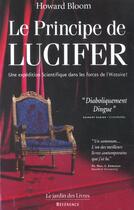-
Nombre de pages : (-)
-
Collection :
(-)
-
Genre :
(-)
-
Thème :
Non attribué
-
Prix littéraire(s) :
(-)
Résumé:
God's war crimes, Aristotle's sneaky tricks, Einstein's pajamas, information theory's blind spot, Stephen Wolfram's new kind of science, and six monkeys at six typewriters getting it wrong. What do these have to do with the birth of a universe and with your need for meaning? Everything, as... Voir plus
God's war crimes, Aristotle's sneaky tricks, Einstein's pajamas, information theory's blind spot, Stephen Wolfram's new kind of science, and six monkeys at six typewriters getting it wrong. What do these have to do with the birth of a universe and with your need for meaning? Everything, as you're about to see. How does the cosmos do something it has long been thought only gods could achieve? How does an inanimate universe generate stunning new forms and unbelievable new powers without a creator? How does the cosmos create? That's the central question of this book, which finds clues in strange places. Why A does not equal A. Why one plus one does not equal two. How the Greeks used kickballs to reinvent the universe. And the reason that Polish-born Benoît Mandelbrot--the father of fractal geometry--rebelled against his uncle.You'll take a scientific expedition into the secret heart of a cosmos you've never seen. Not just any cosmos. An electrifyingly inventive cosmos. An obsessive-compulsive cosmos. A driven, ambitious cosmos. A cosmos of colossal shocks. A cosmos of screaming, stunning surprise. A cosmos that breaks five of science's most sacred laws. Yes, five. And you'll be rewarded with author Howard Bloom's provocative new theory of the beginning, middle, and end of the universe--the Bloom toroidal model, also known as the big bagel theory--which explains two of the biggest mysteries in physics: dark energy and why, if antimatter and matter are created in equal amounts, there is so little antimatter in this universe. Called "truly awesome" by Nobel Prize-winner Dudley Herschbach, The God Problem will pull you in with the irresistible attraction of a black hole and spit you out again enlightened with the force of a big bang. Be prepared to have your mind blown.
Donner votre avis















